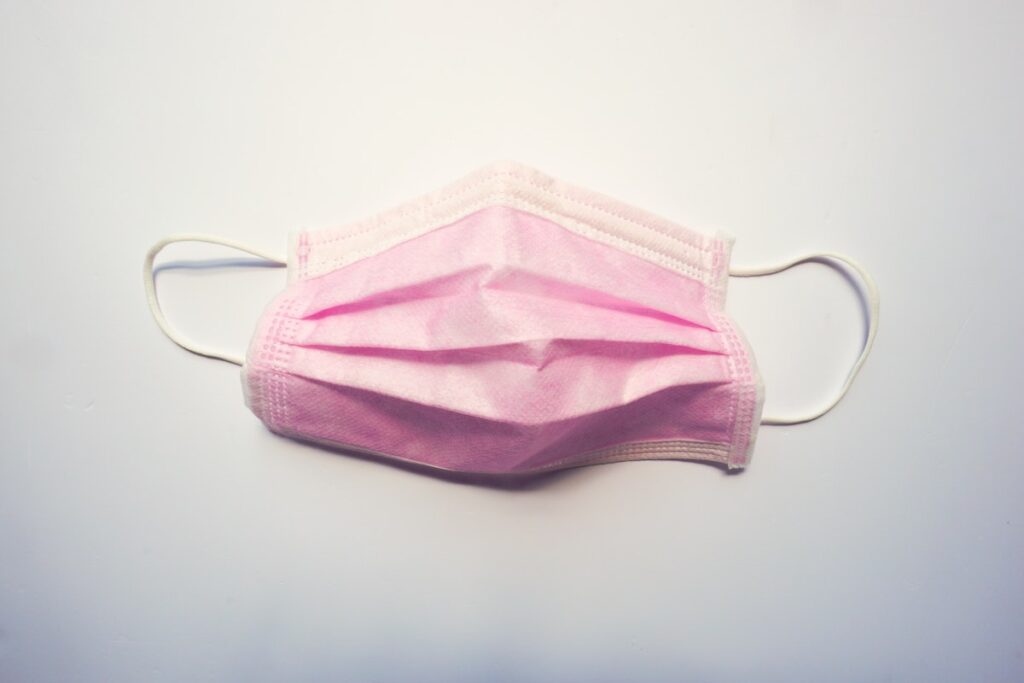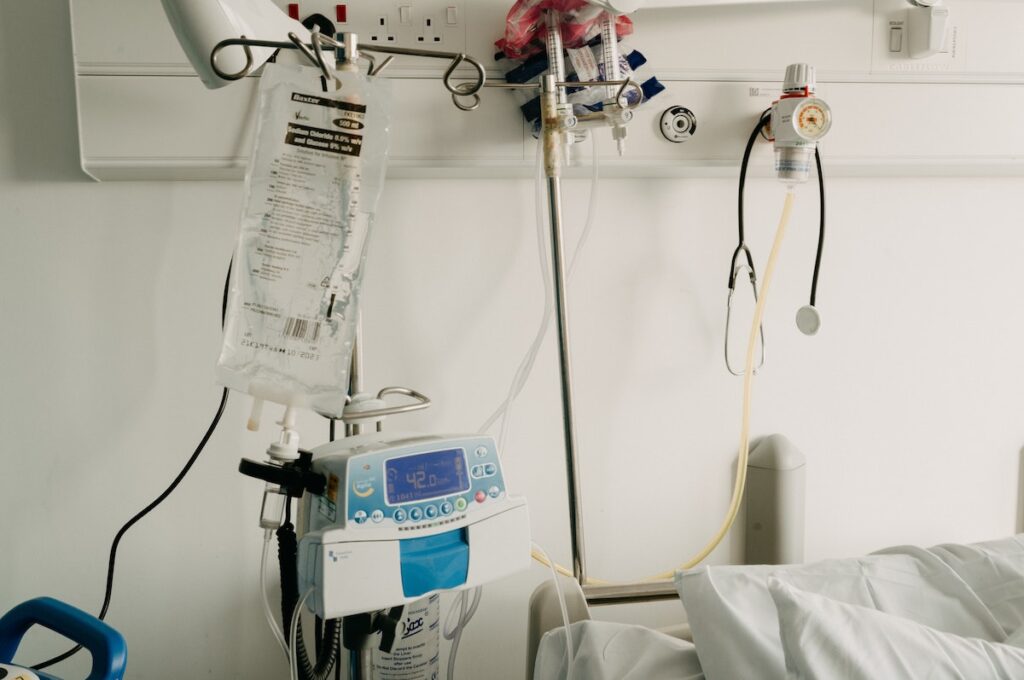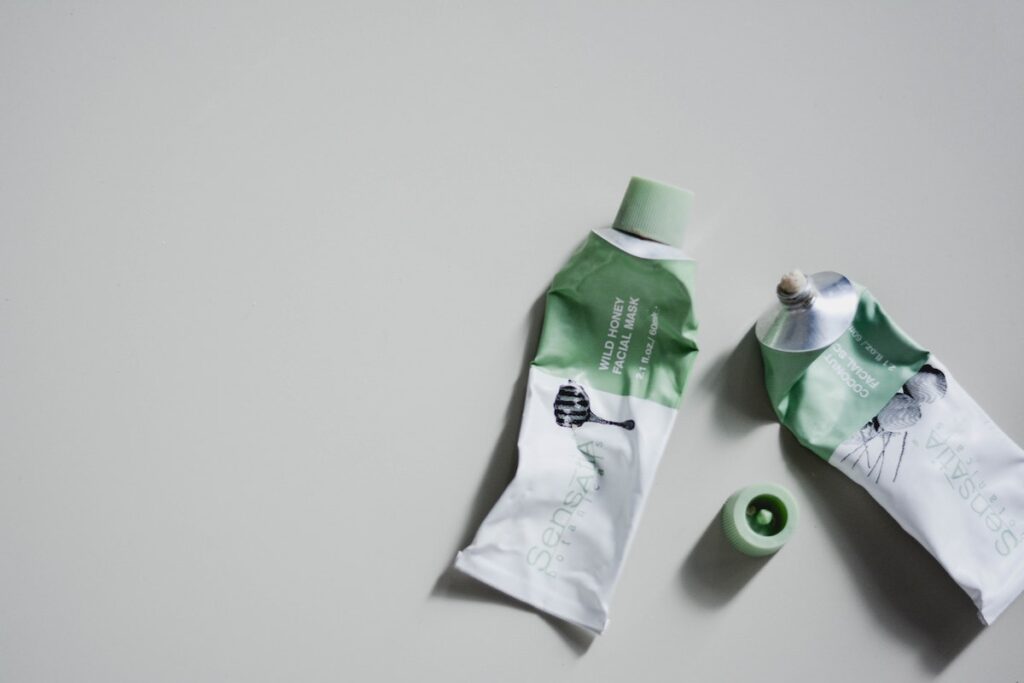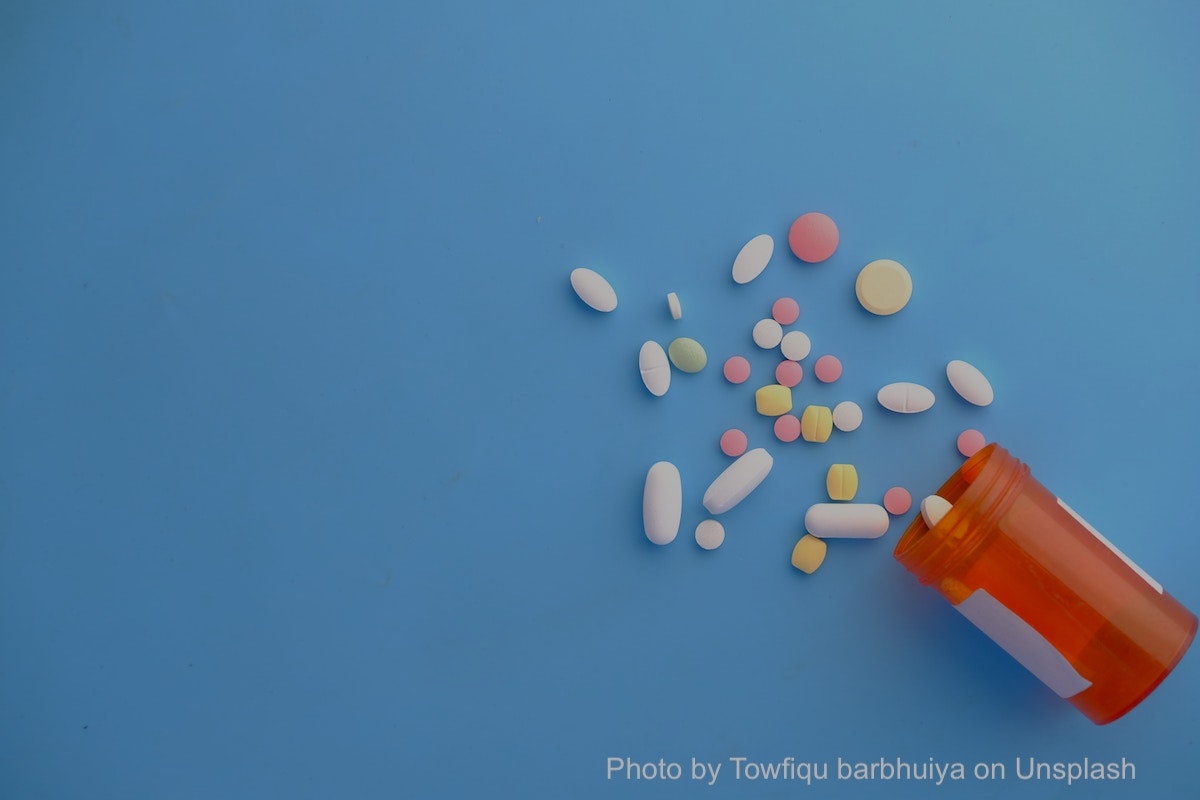It’s malleable, it’s light, it’s cheap, and it lasts a really really long time.
It’s plastic. A miracle invention, that, according to Laurie Houston–a dentist trying to get single-use plastics out of health care—it has been abused.
“If healthcare were a country, it would be the fifth worst polluter in the world,” said Laurie.
The relationship between climate change and our health has gotten more attention in recent years, particularly in the wake of devastating heat waves that have killed old, young and vulnerable Canadians from Vancouver to Montreal.
But the relationship between pollution and our healthcare system is less understood. And the shift towards single-use, disposable medical equipment, packaging and surgical implements is only increasing.
Laurie has seen the proliferation of plastic in medical care first hand. As a practicing dentist, and a board member of the Council of the Ontario Dental Association, she’s also seen how hard it is to change the trend.
“People think single use [plastic] is safer because you use it once then you throw it out,” said Laurie. “We use surgical gloves. They come in boxes of 100, 200, 300, but it actually says “not sterile” on the box!”
“Optically, people have been brainwashed into thinking that single use is superior.”

Photo by Leohoho on Unsplash
The History of Plastics in Healthcare
his of course brings up the complicated reality that while single-use plastics have only been regularly used in medicine since the 1950s and ‘60s, introduced as part of a larger trend of both increasing sanitation in hospitals and the dissemination of vaccines.
According to Sarah Hodges, a historian at the University of Warwick, plastic syringes were marketed as more durable and promoted over glass “as the best way to tackle the challenge of delivering huge numbers of doses of polio vaccine across widespread areas.”
Plastic was convenient. But not, at that point related to notions of hygiene.
But the trend continued into other areas of medical equipment. IV tubing became disposable in the 1960s, then hospital gowns, surgical drapes, plastic wrap for surgical equipment, the list goes on and on.
By the 1980s, as Hodges writes, manufacturers would promote “their newly ‘disposable’ products as possessing the linked virtues of hygiene and single-use as a modern technology of hygiene rather than simply convenient.”
With innovations in plastic development and the marketing of plastic equipment and packaging as more hygienic than reusable materials, came regulations by medical associations and Health Canada that enforced these trends.
This makes it even harder to reverse the reliance on single-use plastic products because you’re not just trying to change attitudes in the medical community, you are trying to challenge regulations.
“I’m trying to work on a reusable paradigm for this,” said Laurie.
At every meeting of the Council of the Ontario Dental Association, Laurie says she has been handing out sustainable products and talking to manufacturers about biodegradable or reusable products.
As a result, “some products have gotten on to our supply hub for Ontario dentists,” said Laurie. The hub is where dentists can order new equipment.
And Laurie is also meeting with manufacturers across Canada and the U.S. who make biodegradable or reusable medical products, in the hopes of connecting them with dentists or doctors.
A company that creates reusable surgical wrap awaiting Health Canada approval, and one Winnipeg-based company that creates compostable masks are just two examples of the innovations happening in medical products that look beyond plastic.
“I’m happy to collaborate with anyone because we need to do something,” said Laurie
However, there will always be cases where single-use plastic is necessary.

Photo by Annie Spratt on Unsplash
Moving Plastic from the Landfill to the Recycling Bin
Not all plastic or even all single-use plastic in hospitals, dental offices and doctor’s offices are “bad,” or have a reusable substitute. When I asked Laurie about plastic masks versus cloth masks for example, she admitted that plastic masks are more effective for blocking air borne particles. So, in the case of plastic tools that are just easier to deal with or better tools like IV tubes (notoriously hard to clean) and masks, a more complicated answer to the problem of plastics: recycling.
“What has to happen in plastics industry is that packaging needs to be simple to recycle,” said Laurie.
Recycling has been yet another crusade for the dentist with seemingly endless energy. As part of her networking efforts with doctors and dentists in her region, Laurie has convinced a number of clinics and colleagues to collect their Personal Protective Equipment (PPE) and instead of throwing them in the garbage, give them all to Laurie.
She then goes to a recycling facility called Lifecycle Revive. “It’s the only facility taking PPE,” explained Laurie, who makes the three-hour drive from Bracebridge Ontario.
The PPE waste is sterilized and then turned into pellets, that are then used “to create nonwoven textile for masks and disposable isolation gowns, and injection-molded items used in healthcare.”
These items can be recycled and the process can start all over again.
Masks and PPE are one thing. But the reality is, most plastic is simply not recyclable. Toothpaste tubes for example, are made of multiple types of plastic and often have metal layers inside the tube, which are almost impossible to separate for recycling purposes.
“All plastics are chemically different,” said Laurie. “You can’t just dump them in the same bin.”
Laurie has been calling on companies like Colgate, GlaxoSmithKline and Sensodyne to create recyclable toothpastes tubes and brushes.
Though there’s no way to know for sure if it’s been Laurie’s work that has made the change, but Colgate launched its first recyclable toothpaste tube line in February of this year.
There are other reasons to be hopeful that single-use plastics in medicine are getting more attention from the medical community in Canada.

Photo by Content Pixie on Unsplash
Is the Shift Happening?
Laurie has what she calls a “hard core group of committed environmentalists, Rotarians, medical professionals and dentists” who also share her passion for the cause. They meet regularly to talk about different issues, how to encourage PPE collection and reusable products.
And while the COVID-19 pandemic has certainly increased our reliance on single-use plastic for masks, gloves or screens, ironically, supply chain issues have doctors and hospitals rethinking the urge to throw things out after using them once.
According to a 2021 CBC article, Doctors in Vancouver, Manitoba and Toronto are pushing for the safe reuse of medical equipment to help hospitals deal with costs and prevent supply shortages.
“I want to try and grow this,” said Laurie. “But the first thing is to make people aware.”
And while Laurie admits the big changes have to happen at the regulatory level through government, the fact is, the attitudes are changing even if regulatory change is slow.
Perhaps what we’re seeing is a recognition that “first, do no harm” applies to more than just the patient in a hospital bed, but to our natural world as well.

